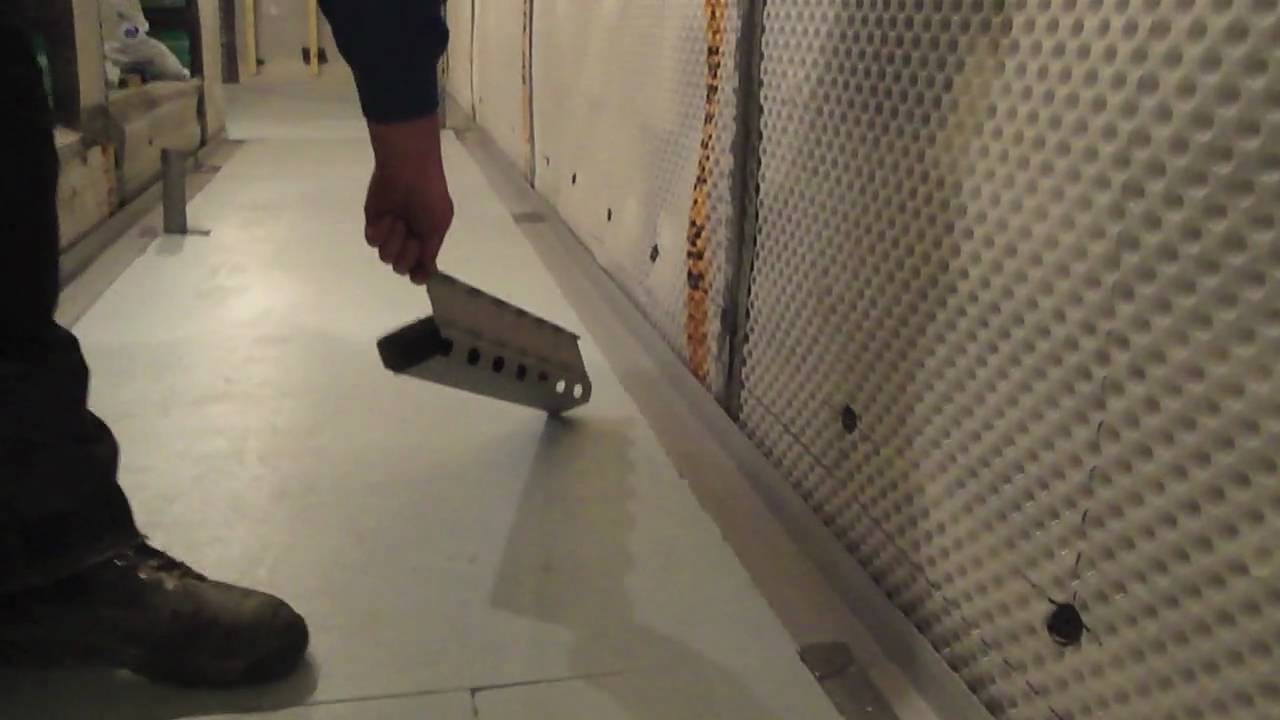
Basement membrane (basal layer) are thin, sheet-like cellular cell-adhesive ECMs (epidermal cells) that play a major role in tissue maintenance and differentiation in both vertebrate and amphibian organisms. These ECMs help maintain the proper moisture balance between the surroundings, like air, and the tissues in the basement (or basement membrane), as well as other internal components. The basement membrane has a protective layer of cells (epidermal and dermal), and these cells are constantly being renewed.
This is why basement membrane plays an important role in tissue maintenance. A number of factors, including environmental stress, exposure to chemical agents and UV radiation can adversely affect the basement membrane of a building.
Exposure to harsh chemicals and environmental elements such as high humidity, humidity and salt can cause significant damage to a building's basement membrane. Such conditions can lead to destruction of the basement membrane structure, leading to the development of cracks, weak points or even leaks.
Strong acids and alkaline liquids (such as hydrochloric acid or hydrogen peroxide) can also destroy the basement membrane, leading to blistering and eventually destruction of the basement membrane. Severe cases can lead to physical changes such as blistering of the skin or bleeding from the eyes and other tissues. In some cases, the basement membrane can also be damaged due to the absorption of substances such as mold, mildew, moss, etc. These substances can either seep out of the basement or enter the basement, causing further destruction of the basement membrane structure.
All types of contaminants and environmental factors can weaken the basement membrane structure. These environmental factors include strong acids (including hydrochloric acid), high humidity, water leaks, and other forms of water intrusion (water seepage, pipe leakage, etc.)
Other environmental factors that can damage basement membrane structures are heavy metals (copper and zinc), toxic fumes and chemicals (chlorine and other hydrocarbons), as well as pesticides, herbicides, insecticides, and fungicides. There are also several types of fungi that can grow on basement membrane surfaces and are found on damp basement floor materials. e. Fungi cause infections if they grow on sufficiently damp basement walls. The presence of fungi causes infection and redness of basement walls, and also causes allergic reactions in people prone to allergies (such as asthma). You can find detailed information on this topic on the website Handal Dok (Be Young).
Since the basement membrane structures are composed of cells, the extent of damage caused by the above factors cannot be assessed unless microscopic examination of the affected area or microscopic examination is performed to examine the basement wall. Microscopic examination of the basement wall can determine the extent of the damage.
The amount of damage caused by any of these environmental factors can be reduced by sealing the basement wall. This will not only prevent the formation of mold and other organisms that can cause problems with the basement wall, but it will also protect the basement membrane from further damage caused by external factors.
One way to seal the basement walls is to use polymeric films to seal the basement wall and basement floor. Polymeric films are very strong and durable, which makes them resistant to high-pressure washing and even vacuum cleaners. The polymers used to make polymeric films are non-toxic and do not cause any damage to the environment. The polymers used in sealing basement walls can withstand temperatures of up to -40 degrees Celsius.
Polymeric films can be applied to basement walls, floors, ceilings, walls, and other parts of the house. The use of polymeric films in sealing the basement walls can be done by using an epoxy-based epoxy sealant or by pouring polyurethane-based epoxy into the wall cavities. This can help prevent the growth of bacteria and fungi that cause basement wall problems by preventing their reproduction and entry through basement wall cracks. Polyurethane can also repel other types of dirt, dust, molds, moisture and liquids from penetrating into the basement wall cavities.
Another option is the use of basement wall sealers. In this process, a liquid or solid polyurethane is poured into the basement cavities, which then hardens into a solid substance when exposed to water. This substance is also non-toxic and will not cause any damage to the environment if the sealer is left on for a long time.
For larger areas like basements, concrete slabs with a couple of feet long can also be installed in order to provide an extra layer of protection to the basement membrane and its basement wall cavities. Another alternative is to use polymeric films to seal the walls of the basement and ceilings of the basement in order to reduce the chances of the basement wall cracking and the formation of basement wall cracks.
